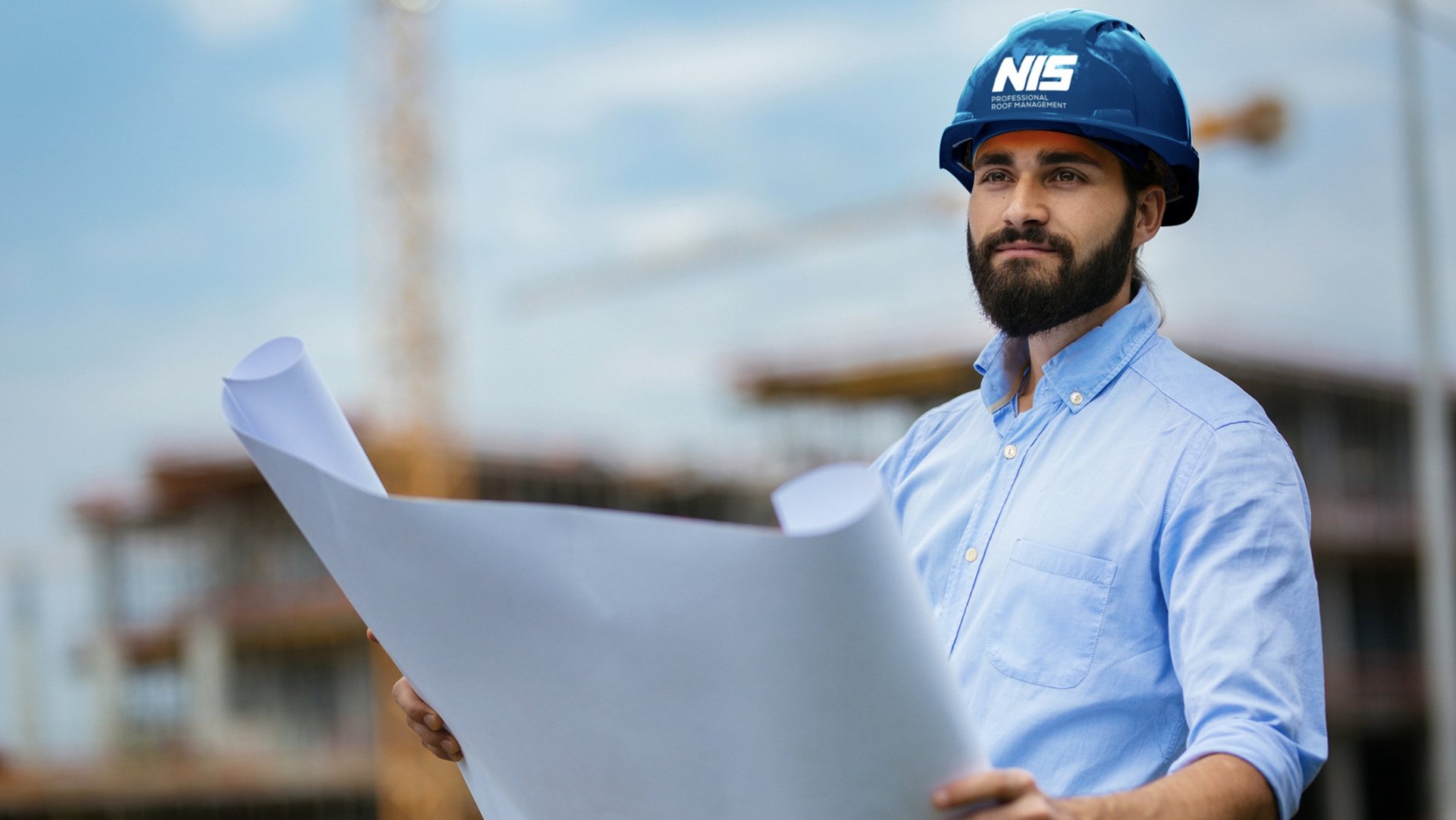Always the right procedure for your flat roof
Professional and non-destructive leak detection and moisture measurements with our certified measuring methods help avoid cost-intensive restructuring work and extend the service life of your flat roof. The majority of roof surfaces can be checked perfectly using the HV-SLD (High Voltage-Sensor Leak Detection) and LV-SLD (Low Voltage-Sensor Leak Detection) methods.
For other roof surfaces, other techniques and processes may need to be combined to achieve the best result.
HV-SLD Dry Locating Procedure
High Voltage Sensor Leak Detection, also called dry test method. In the dry location method, voltage fluctuations indicate faults in the sealing level.
Damaged areas can be localised with pinpoint accuracy using this method and documented in an inspection report.
LV-SLD Wet Locating Procedure
Low Voltage Sensor Leak Detection, also called pulse current method or wet test method. A soaked ceiling construction conducts electricity very well.
The electric pulse travels through the soaked ceiling construction to the point where the water penetrates the roof. The exact point of damage is determined via the current flow between two probes by means of intensive roof watering.
IP-SLD humidity measurement
IP sensor leak detection, also called humidity measurement by means of impedance measurement. The Dec-Scanner detects and evaluates moisture conditions in roof systems by non-destructively measuring electrical impedance. Moisture testing can provide valuable insights at the time of construction, for warranty verification and for quality control as part of an ongoing maintenance programme.
SG-SLD fog and smoke process
The SLD fog and smoke method is ideal for checking connections on loaded surfaces.




